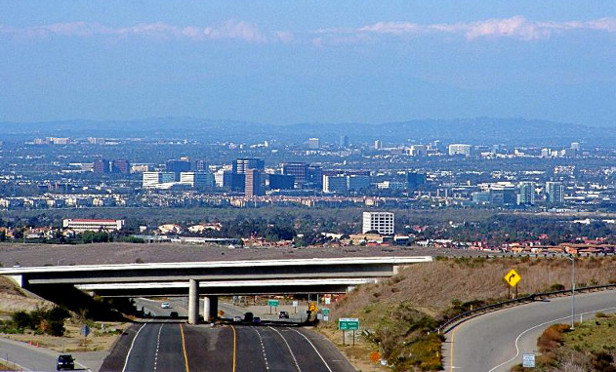The Inland Empire has gained national attention for its booming industrial market. While the industrial activity surpasses all else in the market, the spotlight has helped to drive activity in other asset classes. According to the latest NKF report, the office vacancy rate in the Inland Empire has hit a cyclical low at 8.5% overall and less than 7% West of the I-15. The vacancy rate is lower than Los Angeles' 14%, and marks 30 quarters of positive absorption for the region, which has helped to drive record rental rates. Since 2006, rents have increased 25%.
“We have seen an increase in office absorption for several years now. We have had 29 or 30 quarters of positive absorption,” John Ewart, senior managing director at NKF, tells GlobeSt.com. “It used to be low lease rates that drove activity, but we are now upwards of lease rates in Orange County. The activity does in some ways mirror the industrial activity, but we have a myriad of business that locate here that have no relationship with the industrial market.”
Along with the strong leasing activity, the office market has also become more diverse, now attracting national tenants. Defense and homeland security industries in particular have expanded. “This is a new genre of user,” explains Ewart, who adds that the industrial growth has put the market on the map, and office is reaping the benefits. “In the past, the Inland Empire was a bedroom community,” he says. “National companies had not even heard of the Inland Empire. Back in the early 1980s and 1990s, there was no national recognition. The advent of this booming industrial market has placed us firmly on the map. There isn't an investor in this industry that doesn't know about this market. The transition to the more national tenants has occurred over the last 10 years.”
As national tenants have come to the market, national and institutional capital sources have followed. Sales volume totaled $442 million in 2018, a record for the market. “Over the last few years, we have started to see interest from national investors, like Hines,” says Ewart. In addition to Hines, the buyer pool also included the Blackstone Group, TPG Capital and Kingsbam Realty Capital.
Looking ahead, Ewart expects continued growth for at lease the next two years, although he acknowledges that the cycle is mature. “I have a positive outlook on growth. I have lived through three downturns, and I have to tell you that the timing is always seven to 10 years,” he says. “So, I do feel that we are approaching a slow down, although I haven't seen any indication of one. I am positive for the next two years.”
© 2025 ALM Global, LLC, All Rights Reserved. Request academic re-use from www.copyright.com. All other uses, submit a request to [email protected]. For more information visit Asset & Logo Licensing.








